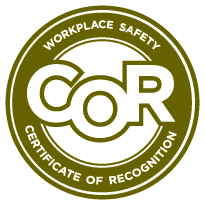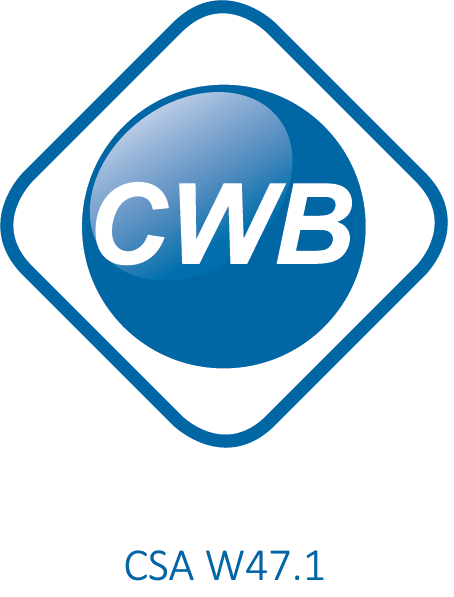Why does some stainless steel seem to pit?
Along with the simple answer of using inferior stainless steel itself ( not pure stainless steel) another cause is shops that work with other steel products can shed minuscule fibres that can land on the stainless steel causing minor “pit” or rust.
What is the difference between stainless steel and other types of steel?
The major difference between stainless steels and other types of steels is its chromium content. By definition, stainless steels ought to contain at least 10.5% chromium by mass content. This is what makes stainless steel more resistant to oxidation than regular carbon steel. On the surface, a chrome-oxide layer is formed which makes the material stronger. The higher the oxygen content and other alloying elements, such as nickel, the more resistant the material is against corrosion.
Can stainless steel rust or corrode?
Contrary to popular belief, stainless steel is not invulnerable to corrosion. As its name already suggests, stainless steels stain less, but are not immune to corrosion and oxidation. When exposed to challenging environments, such as acids, chlorides and fluorides, stainless steel can corrode due to aggressive conditions. One solution is to use high-alloy steels which are more resistant to corrosion instead of regular stainless steels (such as 304 and 200 series). In normal conditions however, it is unlikely that stainless steels will show sign of wears for many years.
Is stainless steel magnetic?
Theoretically, all stainless steels are magnetic, as are all other organic and inorganic materials, which are influenced by different types of magnetism to different degrees. The question shouldn’t be whether stainless steel is magnetic but whether it is ferromagnetic. To which the answer is simply: No, not all stainless steels are ferromagnetic or display noteworthy ferromagnetic properties.
What is ferromagnetism?
Ferromagnetism is a strong type of magnetism in which electrically uncharged materials are attracting other materials. When exposed to a magnetic field (or a magnet), magnetic domains realign so they all point to the same direction. Iron is one of the few materials that can acquire this force of attraction, which is why magnets are made with iron.
Can stainless Steel be hardened?
Of course stainless steel can be hardened. A common misconception about stainless steels is that they are invincible and cannot break, corrode, or wear.
At what temperature can stainless steel be used?
This is highly dependent on what type of stainless steel you’re referring to.
Generally, austenitic stainless steels can be used in very low temperatures (up to -270°C) due to their high toughness, while ferritic and martensitic stainless steels tolerance towards low temperature stops at -100°C or higher.
What size of project does Reggin typically handle?
Commercial, Infrastructure, Institutional, Art
Does Reggin operate outside of Alberta, Canada?
Yes, we have the capabilities to operate North American wide.
Got A Question?
If you have a metalworking related question for Dave send us a message and if we like it we’ll add it to our FAQ section.









